Xiaomi Dual Ultra, Lei Jun's Premium Strategy
![]() 03/07 2025
03/07 2025
![]() 498
498
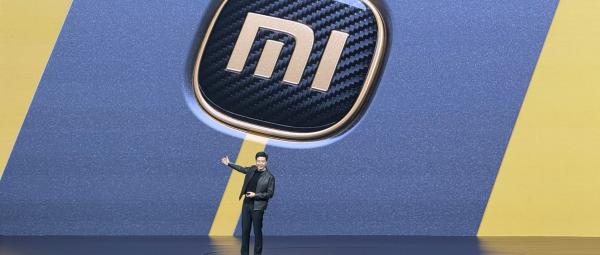
Brand premiumization is not a sprint, but a marathon
Written by/Chen Dengxin
Edited by/Li Wenjie
Typeset by/Annalee
Currently, Xiaomi is in the limelight.
At the beginning of 2025, Xiaomi's market value first exceeded HK$900 billion, then consecutively broke through the thresholds of HK$1 trillion and RMB 1 trillion, and is now aiming for HK$1.5 trillion.
Beyond the capital market, the consumer market is also buzzing with excitement.
On February 27, 2025, the Xiaomi 15 Ultra and Xiaomi SU7 Ultra new product launch event was held as scheduled. The pricing of Xiaomi SU7 Ultra at RMB 529,900, significantly lower than the previous pre-sale price of RMB 814,900, became the focus of heated discussion on the internet.
This time, Lei Jun once again impressed everyone.
So, where is Xiaomi's brand premiumization process at now? As it pushes towards higher prices, will Xiaomi and Apple eventually face off? From paying tribute to Porsche to rivaling Porsche, what is Xiaomi's confidence?
A direct challenge to Apple is inevitable
It is undoubted that high-end smartphones have become a "must-win battleground" for the industry.
With the reshuffling of the mobile phone market, domestic brands have gradually gained a voice in the industry, and their strategic focus has shifted from "scale growth" to "quality and efficiency". Premiumization has naturally become the core pursuit of the industry.
Xiaomi is no exception.
Looking back, Xiaomi once launched the note series and MIX series to test the waters, but it did not happen overnight. After all, "it's easier to go from high to low than from low to high". It was not until the launch of Xiaomi 10 in 2020 that the prelude to moving towards the premium segment was officially opened.
As such, the Ultra series has become the "vanguard" in pushing for higher prices, with Xiaomi 12S Ultra being particularly noteworthy.
Xiaomi 12S Ultra partnered with the renowned Leica, addressing the shortcoming of mobile phone imaging. "Ginkgo Tech" once reported that it maintained a hardware advantage for as long as 20 months, which is extremely rare in the fast-moving consumer goods sector.
In a word, Xiaomi has found the last piece of the puzzle for pushing towards higher prices.
Nowadays, Xiaomi has once again delivered a new answer, bringing the most advanced research results in the field of mobile optics with Leica.
Official information shows that Xiaomi 15 Ultra is equipped with a Leica optical professional quad-camera system, including a 50-megapixel Leica 1-inch main camera, a 50-megapixel Leica ultra-wide-angle camera, a 50-megapixel Leica telephoto camera, and a Leica 200-megapixel super telephoto camera.
Among them, the Leica 200-megapixel super telephoto camera features ultra-strong resolution, ultra-large light intake capacity, and ultra-long lossless zoom capability. The lens protective glass adopts a new "Leica ultra-low reflection lens glass", which can improve the imaging quality of the full focal length lens and significantly reduce the "ghosting" issue.
Matthias Harsch, CEO of Leica Camera AG, once said, "The 'Xiaomi × Leica Optical Research Institute' brings together the best teams from both sides to create a mobile imaging optical system that leads the era."
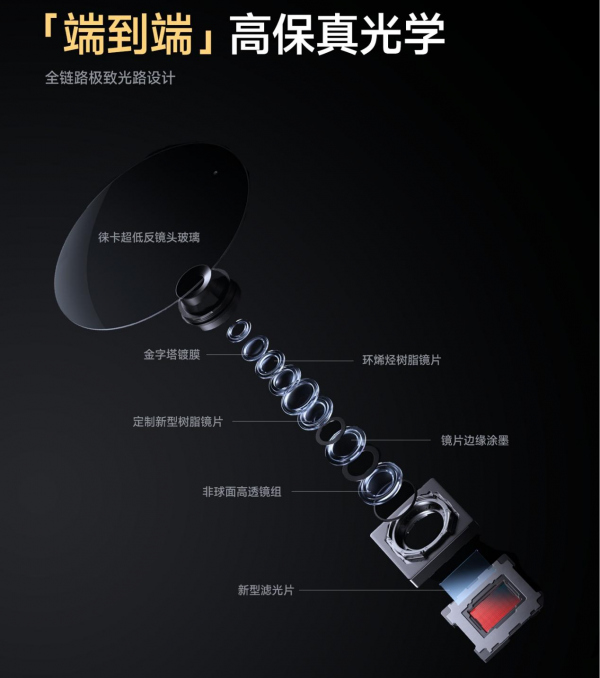
Leica Ultra-Pure Optical System
It is not difficult to see that Xiaomi 15 Ultra focuses on shooting "night scenes like a god", fearless of distance, darkness, or blackness, targeting professional imaging equipment.
Lei Jun said, "Ultra represents the ultimate pursuit and pure yearning. This is Xiaomi's answer sheet for the past five years of exploring the premium segment, and also the beginning of Xiaomi's foray into the ultra-premium segment."
As such, Xiaomi 15 Ultra may become a major threat to the iPhone series.
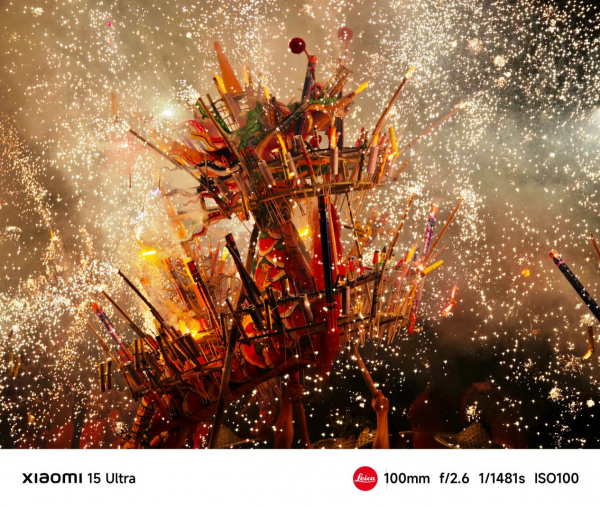
Image source: Xiaomi Mobile Official Weibo
Canalys data shows that in the third quarter of 2024, Xiaomi ranked third in global smartphone shipments, marking the 17th consecutive quarter that Xiaomi has ranked in the top three.
This means that the global competitive landscape of Apple, Samsung, and Xiaomi has been established as a three-legged stool.
The problem is that Apple has been criticized for its incremental innovations in recent years, gradually losing its first-mover advantage and absolute advantage, in stark contrast to "Huawei, Xiaomi, OPPO, and Vivo" who have consistently rolled out new technologies.
Against this backdrop, it is not surprising that Apple has become the target of "Huawei, Xiaomi, OPPO, and Vivo".
CCTV's "Economic Half-Hour" once reported that consumers queued up to buy Xiaomi and Huawei phones offline, with the scene packed with people orderly queuing up, a harmonious sight that was once only seen at Apple stores.
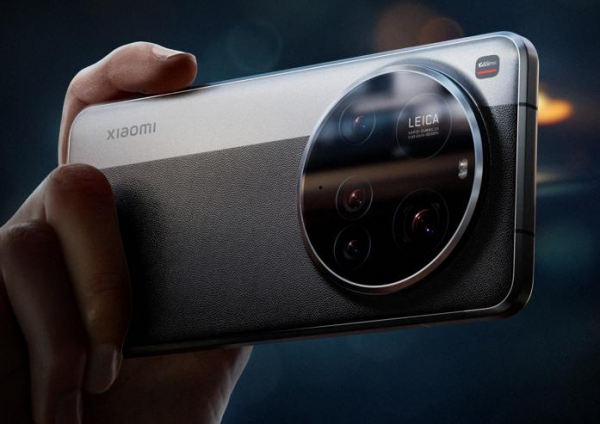
Xiaomi 15 Ultra
Regarding this, it can also be seen from the performance.
In the fourth quarter of 2024, Apple's revenue in Greater China was $18.513 billion, a year-on-year decrease of 11%, making it the only region among Apple's major markets where revenue declined.
According to the Beijing Youth Daily, on February 14, 2025, Lei Jun delivered a speech titled "Adhering to the Original Intention of Entrepreneurship and Promoting the Innovative Spirit of Zhongguancun" at the 2025 Beijing Haidian District Economic and Social High-Quality Development Conference, disclosing that Xiaomi's revenue growth rate in 2024 exceeded 30%, and it is expected to continue to maintain a growth rate of over 30% in 2025.
In fact, this pressure is not limited to the domestic market.
Xiaomi is quite active in markets such as Africa and Latin America, narrowing the gap with Apple: Omida data shows that in 2024, although Apple remained the first in global smartphone shipments, its market share fell by 1.4% year-on-year, while Xiaomi, ranked third, saw its market share increase by 15.4% year-on-year.
This shows that it is only a matter of time before Xiaomi directly challenges Apple.
Playing the "new luxury car" card, what does Xiaomi rely on?
It should be noted that Xiaomi's smartphone premiumization has also benefited from Xiaomi SU7.
In 2024, Xiaomi SU7 sold 135,000 units, becoming a phenomenal product that introduced more people to pure electric new energy vehicles and encouraged them to purchase them.
Beyond breaking through the circle, the brand has been able to shape a unique and premium image.
This also explains why the advanced version of Xiaomi SU7 is named Ultra, as Xiaomi attempts to establish Ultra as a synonym for ultra-premium.
In addition, Lei Jun said that Xiaomi SU7 Ultra aims to redefine the standards of luxury cars, with performance comparable to Porsche, technology catching up with Tesla, and luxury rivaling BBA. "We are in a brand-new era, an era of new energy vehicles, and an era of the comprehensive rise of domestic brands. Xiaomi SU7 Ultra is the 'new luxury car' we have created for this era."
More critically, the price of RMB 529,900 is astonishing and beyond external expectations.
"I don't think high prices bring face; we want to make it affordable for those who truly love it," said Lei Jun.
This means that you can buy a high-performance car comparable to a million-yuan vehicle for half the price.
Nevertheless, there are also doubts: "High configuration at a low price" is attractive, but traditional ultra-luxury brands have withstood the test of the global market for many years, firmly occupying the minds of consumers. Changing brand momentum is not something that can be achieved overnight.
Fortunately, the automobile industry is not one that can rely on seniority. "When traditional brands make an effort, domestic new energy vehicles sell even better" is the best evidence.
Even ultra-luxury brands cannot compete with the times.
Data from the China Passenger Car Association shows that in the first 11 months of 2024, Bentley, Maserati, and Ferrari, the top three ultra-luxury brands in sales, fell by 71%, 23%, and 43% year-on-year, respectively.
In fact, it has become a consensus among domestic brands to reshape consumer perceptions with innovation as the value yardstick.
Currently, brands such as NIO, BYD, Xiaomi, and others have launched ultra-premium products, touching areas that Chinese people once dared not imagine.
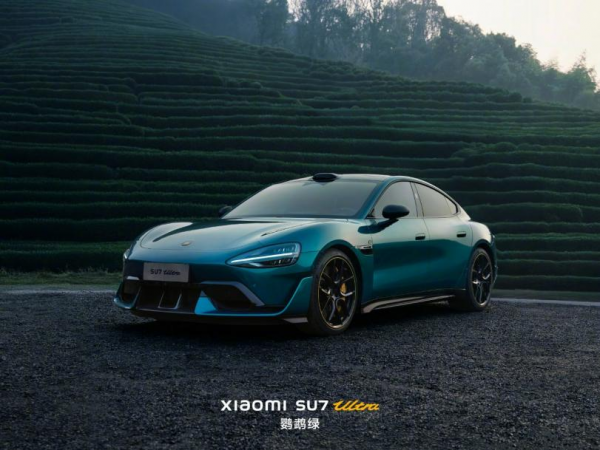
Image source: Lei Jun's Weibo
A market insider said, "In just a few years, domestic new energy vehicles have gone from being laughed at by Musk to having the confidence to compete with BBA and even Maybach. This is closely related to the comprehensive rise of China's technology, industry, and supply chain. It is also the result of technological strength and willingness to invest heavily in people and resources by companies like Huawei, Xiaomi, and BYD."
Specifically, Xiaomi SU7 Ultra played three cards.
First, it shares a mutual appreciation with Porsche.
Xiaomi SU7 Ultra is equipped with Xiaomi's super three-motor system, with the super motor V8s having a maximum speed of 27,200 rpm and using a Contemporary Amperex Technology Co. Limited (CATL) Qilin II race track version high-power battery pack; it has a maximum horsepower of 1,548 PS, a zero-to-hundred acceleration time of 1.98 seconds, a designed top speed of 350 km/h, and a hundred-to-zero braking distance of 30.8 meters...
The above shows that this is a high-performance car that pursues speed and passion.
More importantly, on February 14, 2025, Xiaomi SU7 Ultra set a new record for the fastest lap time of a mass-produced car officially certified by the Shanghai International Circuit, breaking the previous record held by Porsche Taycan Turbo GT.
This means that Xiaomi SU7 Ultra successfully challenged Porsche on its home turf in China.
In response, Porsche officially congratulated Xiaomi: "At this moment, we praise Made in China and salute all dreamers and explorers. Born on the track, driving on the road is Porsche's unchanging creed. Let's meet again on the next track!"
This shows that Xiaomi SU7 Ultra is regarded as an equal opponent by Porsche.
In retrospect, Xiaomi's carmaking has always paid tribute to Porsche, but the starting point is not to benchmark prices and appearance, but to benchmark Porsche's performance and aesthetics, thereby engaging in healthy competition with Porsche.
Second, intelligent driving keeps up with the first echelon.
In the automotive sector, intelligent driving has entered the "end-to-end" era. Due to its better understanding of people, roads, and objects, it has become one of the important factors influencing consumers' purchasing decisions.
As such, the end-to-end large model has become the confidence of Huawei and Xiaomi in rivaling traditional ultra-luxury brands.
In fact, it is an indisputable fact that Xiaomi is catching up in intelligent driving due to its late entry into the field. With the timely push of Xiaomi HyperOS 1.5.5 on February 26, 2025, Xiaomi SU7 Ultra has achieved end-to-end full-scenario intelligent driving coverage, keeping up with the first echelon in intelligent driving.
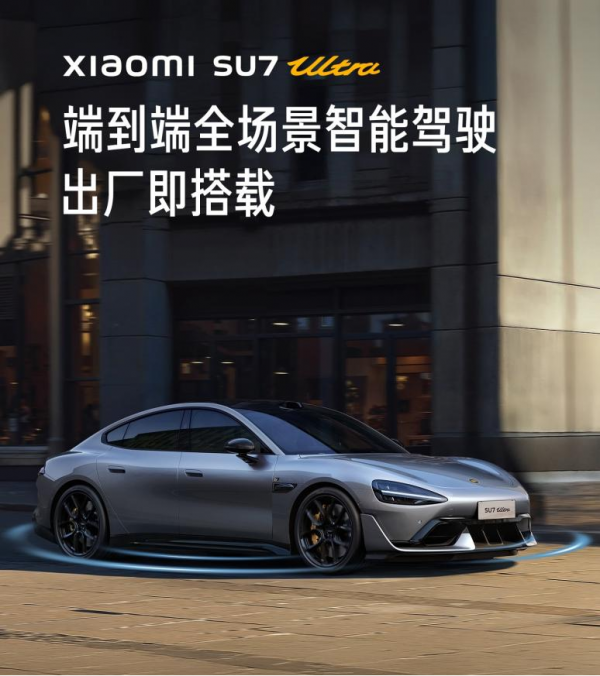
Image source: Xiaomi Automobile
"At the current stage, intelligent driving is not autonomous driving. Drivers still need to pay attention to road conditions at all times and intervene in a timely manner when necessary to ensure safety first," Xiaomi Automobile reminded.
Third, it focuses on emotional value.
A private equity professional told Zinc Carving, "BYD's U8 can turn around in place and U9 can dance in place. Whether they are practical or not, they provide full emotional value. Xiaomi SU7 Ultra tells a passionate story of the rise of the racetrack, and the spiritual core of courage and growth is very much in line with the young people's taste of 'my fate is in my own hands.'"
In fact, impacting the ultra-premium segment requires not only comprehensive hardware configuration and unique technology but also satisfying users' emotional value. In a sense, this is the "moat" of traditional ultra-luxury brands.
"New Channel - Li Batian" said, "This is like going on a blind date. It's awkward to talk about how many houses, cars, and savings you have. It's better to let intermediaries or third parties disclose that information. A boy only needs to tell the girl about his growth story, his past dreams, the setbacks on the way to realizing his dreams, and the interesting things he encountered along the way. In this way, the girl will feel that you are not only powerful but also low-key, with personality, stories, and fun."
In summary, brand premiumization is not a sprint but a marathon. Xiaomi has achieved remarkable results, but it cannot relax, as there are higher expectations for Xiaomi 15 Ultra and Xiaomi SU7 Ultra from the outside world. Therefore, Xiaomi needs to accumulate more victories.








